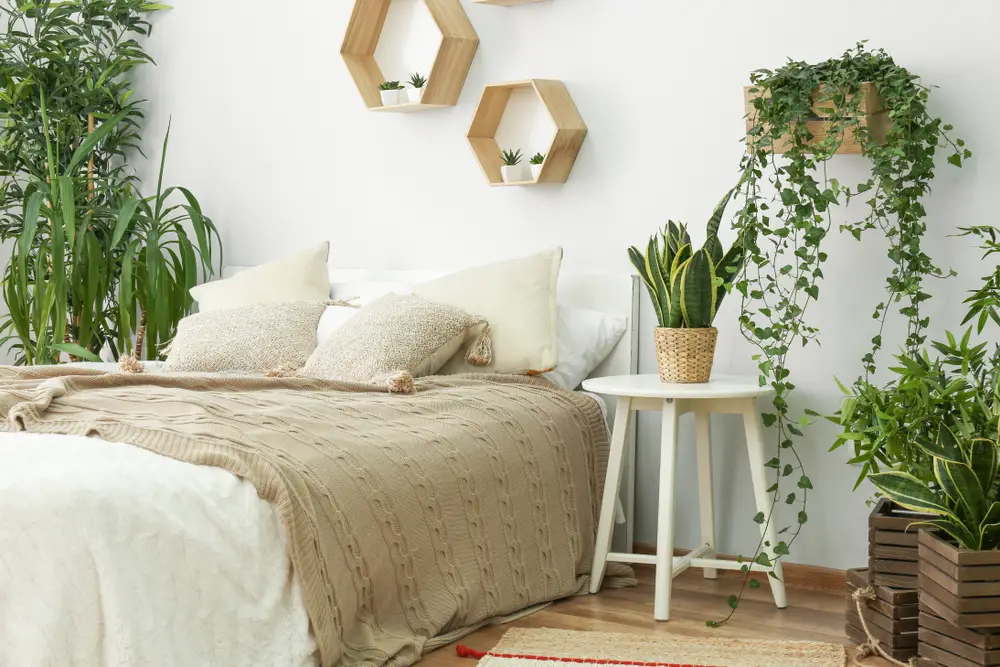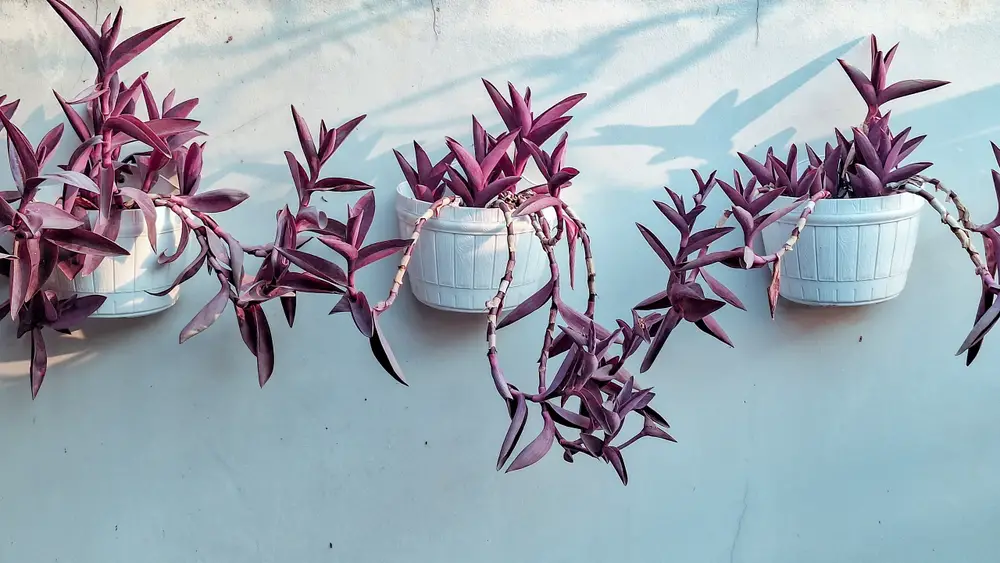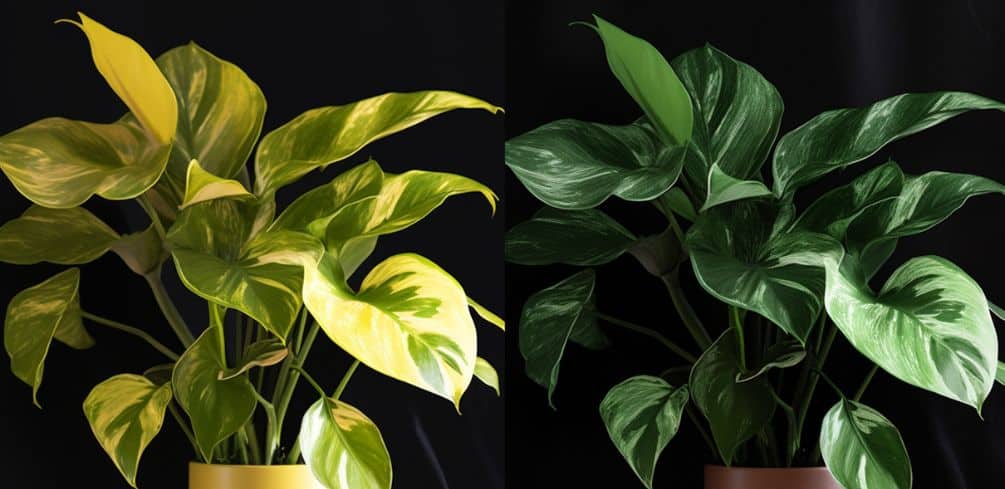If you love taking care of plants and want something a little different then the bonsai tree is one of the most unique options out there.
These miniature trees are absolutely beautiful but they do require something of a specialist knowledge to keep.
That doesn’t mean that, as a beginner, it is impossible but you will need to learn some techniques to make sure that your bonsai thrives.
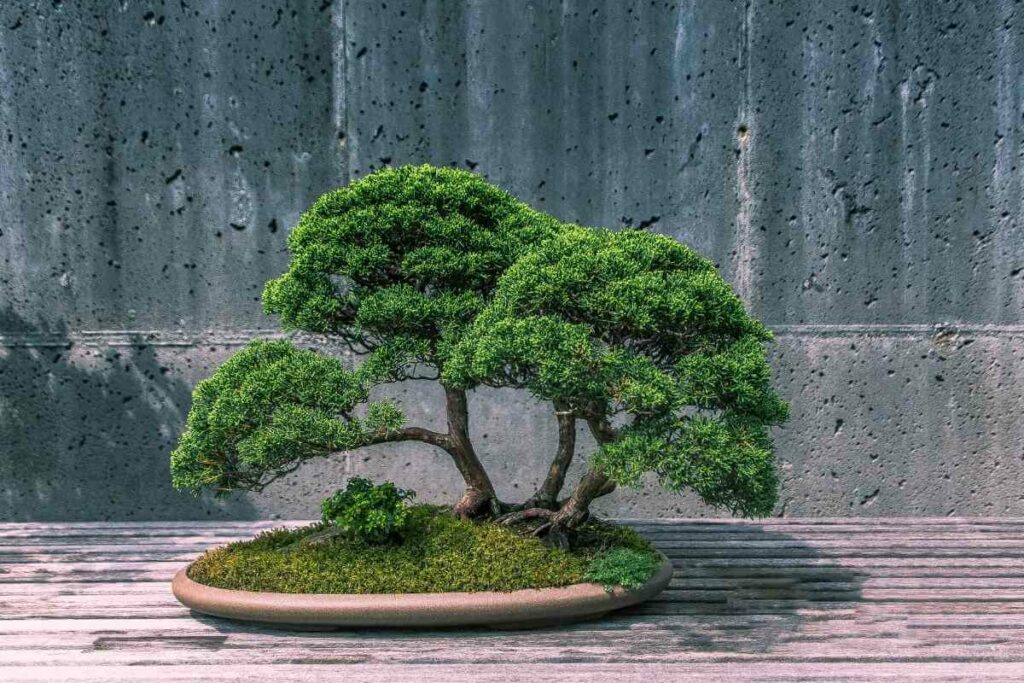
One of the biggest problems faced by bonsai lovers is that the branches can often be thin and weak.
This can cause a variety of issues so it’s important to thicken them as much as you can.
In This Guide: We will be showing you a few methods to thicken your branches and have stunning, easy to care for trees.
Why Do I Need To Thicken Bonsai Branches?
You might wonder why it is so important to ensure adequate thickness when caring for a bonsai plant.
Of course, many people prefer the appearance of full branches as this suggests a healthier tree.
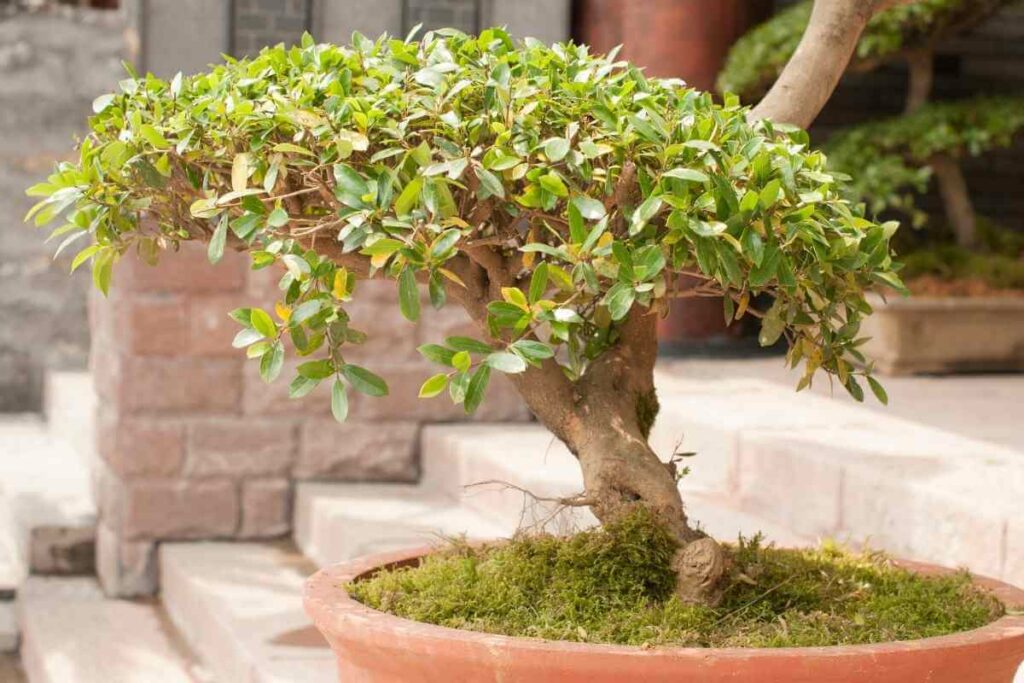
Having thick branches gives a good clue to the age and strength of the tree and makes it look much more natural.
Remember that:
- Bonsais are artificially miniature but we don’t want everything to be small.
- Thicker branches will make the tree look much more like its life-sized cousins. But aesthetics are not the main reason for this practice.
- It is essential that you prune your bonsai so that it retains its shape but narrow branches mean weak branches and this can make the tree much more of a challenge to prune.
Moreover, when you have a regular pruning schedule, this will encourage the branches to thicken so it’s a process that is beneficial on all fronts.
If you want a healthy bonsai tree with superior strength then it goes without saying that thicker branches will provide you with this.
These strong branches will equate to a more robust and resilient tree that will thrive for many years.
Of course, this also relies on you providing other types of care such as fertilizing and watering.
Methods For Thickening Bonsai Branches
There are several ways that you might increase the thickness of your bonsai branches.
This is something of a process and some methods will take time but in the end, it will be worth it.
Sacrificial Branches
Growing a sacrificial branch is arguably the easiest method of thickening the overall tree.
However, it is also the most time-consuming and can take years before you see results.
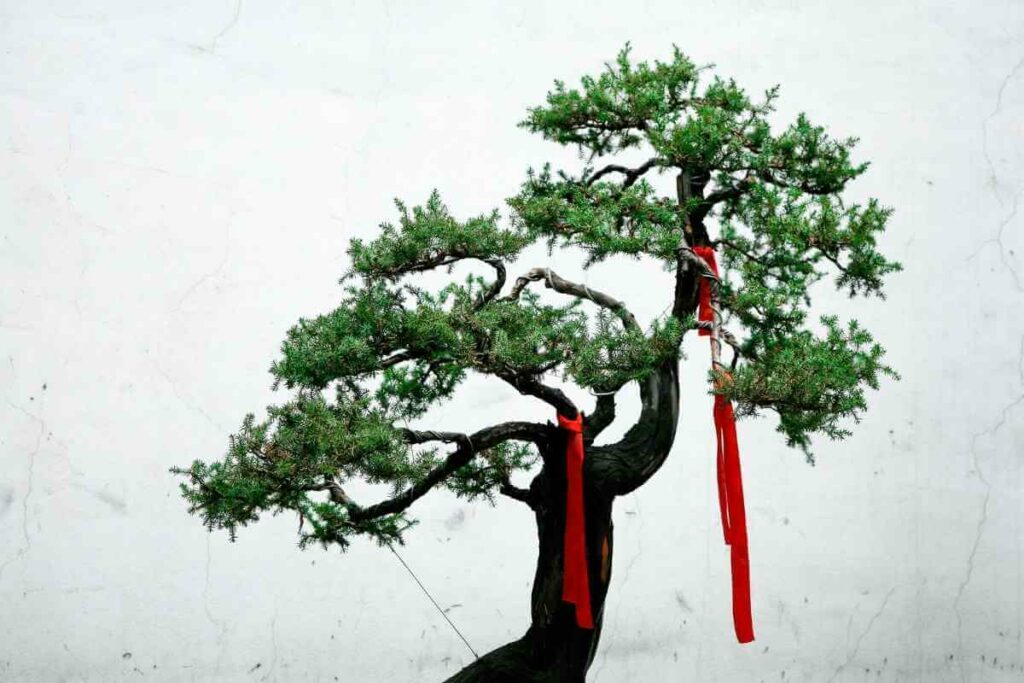
But considering that a bonsai can last up to a century when properly cared for, it’s a drop in the ocean in the scheme of things.
The key is to grow one branch that you do not prune for several years.
Once this branch reaches the thickness that you require, only then will you cut it off; this is why we call it a sacrificial branch!
The reason that this is such a successful technique is that it naturally causes a blockage from the point where the branch grows.
As a result of this, more nutrients are sent to the branch which further supports the growth.
While you can, in theory, grow your sacrificial branch anywhere on the tree, the best results will be achieved when you grow it from the top.
This is because if you grow it lower down, anything above the branch won’t receive adequate nutrients since your sacrificial branch will take them all up.
As We Mentioned: This is a lengthy process and you might expect it to take anywhere up to five years to see results, depending on the species and other factors.
Start By Growing The Bonsai In The Ground
The bonsai is simply a small version of a full-sized tree so it stands to reason that it would do well in the ground.
It’s just that we are used to seeing them in pots. The concept of growing the bonsai in a pot is exactly what stunts its growth.

If you were to plant the exact same tree in the ground then it would grow to its full potential.
If you want your bonsai tree branches to be thick and robust then:
- It’s a good idea to start it off in the ground as this way, it will receive all of the most important nutrients.
- It’s important to limit the time the tree is in the ground otherwise you may go past the point of being able to call it a bonsai.
So, keep your eye on the tree and as soon as the branches get to the desired thickness, it’s time to transfer it into a container.
It can take some time to get results with this method but it largely depends on the type of tree you choose.
The fastest-growing species are things like ficus and Chinese elm.
Scarring
While increasing the thickness of the branches is important, it’s also essential that the trunk is just as strong.
Using the scarring method will help the trunk to thicken as well as the branches.
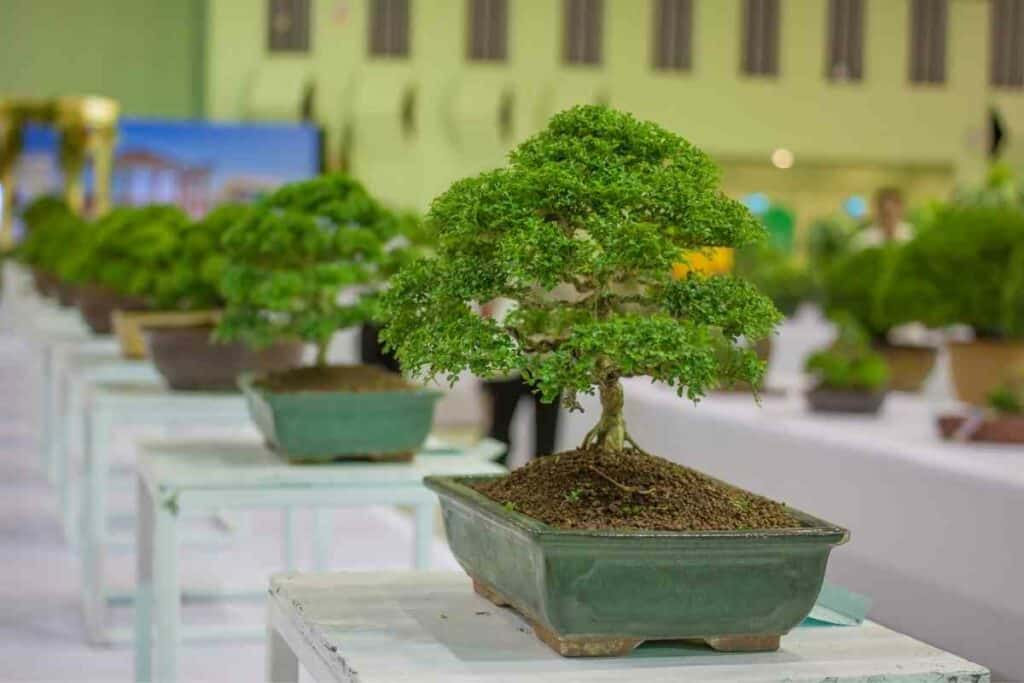
What’s great about this method is that it is so easy and is great for those who are just getting to grips with caring for a bonsai.
You’ll need to injure a part of the branch in order to cause a scar:
- You can do this by simply scraping a portion of it away.
- As the scar begins to heal, the area will develop a swollen callus and when this happens several times, it will cause the branches to become thicker.
This is another method that takes some time so you’ll need to be patient and typically, you will expect to see results in anywhere between two to five years.
Key Takeaway: It’s something of a gradual process. In some cases, depending on the species. You might expect it to take up to ten years.
Conclusion
Growing bonsai trees can be incredibly rewarding but the process is fraught with challenges.
If you’re a beginner, it’s important to get to grips with the basics and knowing how to thicken your branches will ensure that your tree is strong, resilient, and healthy.
You Might Also Like
- Philodendron Care, Varieties, And Aesthetic Home Arrangements
- Best House Plants for Low Light – Thriving Indoors with Minimal Sunlight
- 15 Air-Purifying Houseplants That Release The Most Oxygen
- Purple Houseplants: Your Guide to Dramatic Indoor Beauty
- Philodendron Moonlight Vs. Golden Goddess
- How to Revive Your Rubber Plant: 6 Tips to Help Your Rubber Tree Thrive Again



